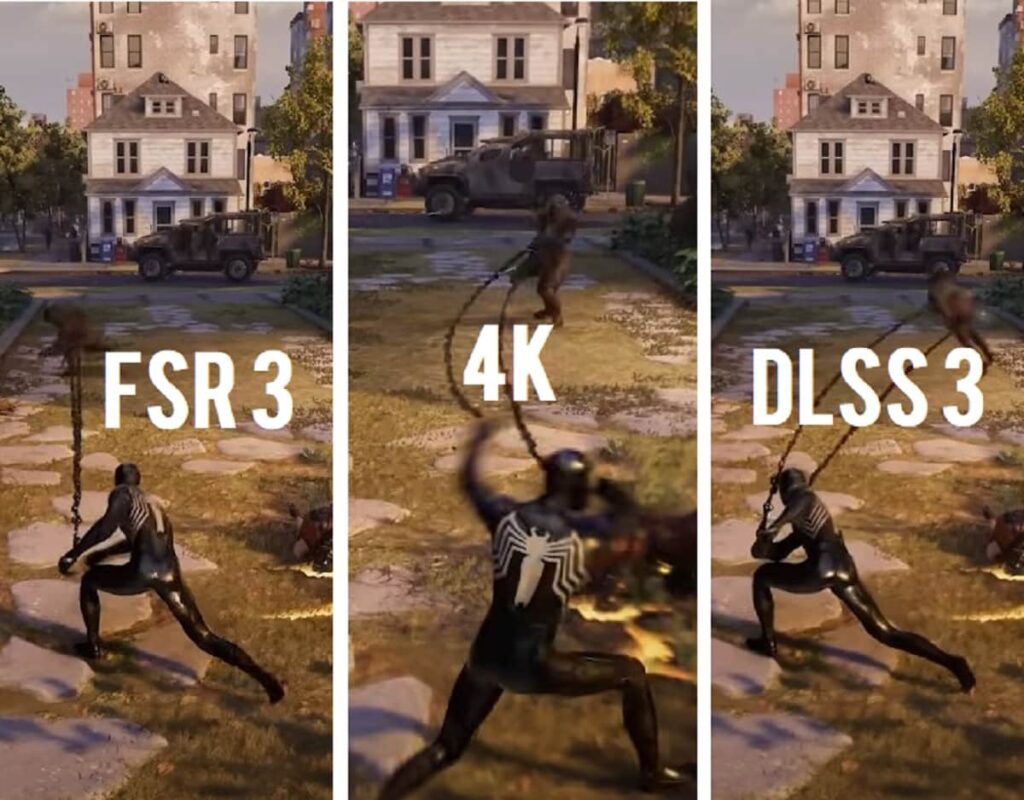The graphics card market has been on a wild ride with the launch of new models, impacting prices and availability across the board. Buckle up as we navigate through the twists and turns, exploring the changes in pricing and the shifting landscape of GPU options.
The RTX 4070 TI Price Plunge
The spotlight is on the RTX 4070 TI, which has seen a notable drop in price, hitting a new low of $700. This $50 reduction compared to last month and a whopping $100 below its MSRP signal a significant shift. However, the introduction of the RTX 4070 TI Super, priced slightly higher, adds a layer of complexity to the value proposition. The 14% increase in cost doesn’t quite align with the under 10% performance boost, making the decision between the two models less straightforward.
Radeon RX 7900 XT: The Battle for Pricing Parity
Competing fiercely, the Radeon RX 7900 XT joins the pricing war, also touching the $700 mark. AMD aimed to keep pace with the RTX 4070 TI, but the discussion extends beyond mere performance. The similarity in performance and the belief that AMD GPUs should offer more competitive pricing based on feature and ray tracing differences bring the pricing battle into focus. To secure a recommendation, the 7900 XT might need to hit an even lower historic low.
RTX 4080: A Tale of Regional Disparities
While the RTX 4080 hasn’t witnessed significant price movements globally, regional variations tell a different story. In the US, where discounts are minimal, the introduction of the RTX 4080 Super has not impacted pricing. However, in regions like Australia, the RTX 4080 saw discounts ahead of the Super’s arrival, creating a scenario where the Super launched seemingly without a discount perception. The importance of regional context in understanding GPU pricing dynamics becomes evident.
Radeon RX 7900 XTX and the Dance with Discounts
The Radeon RX 7900 XTX makes a move, dropping to $920. Facing competition from the RTX 4080 Super, currently at an inflated price, the ideal pricing for the XTX would be below $900. However, this isn’t a historic low, as it previously touched $910 in November. Waiting for further discounts might be prudent for those eyeing this model.
The Mid-Range Players: RTX 4070 and 7800 XT
In the mid-range segment, the RTX 4070 maintains a position below its new $550 MSRP, available for around $530. Meanwhile, the 7800 XT hovers just $10 below its MSRP at $490. Regional differences can amplify or diminish the value proposition, making the AMD GPU a potentially better deal in certain areas.
The Underwhelming RTX 4060 TI and AMD’s Pricing Predicament
The RTX 4060 TI, especially the 8 GB model, faces challenges as it struggles to align with consumer expectations. Survey results indicate a disconnect, with a significant majority expressing a maximum willingness to pay below $300 for a GPU with 8 GB of VRAM. The pricing of the 4060 TI doesn’t align with these expectations, contributing to its lukewarm reception. On the AMD front, the RX 7600 and RX 7700 XT face similar hurdles, with limited changes in pricing over recent months.
Intel’s Arc: Holding Steady in Pricing
Intel’s Arc products, including the A770 and A580, have maintained relatively steady pricing. The A770 with 16 GB remains an attractive option at $260, while the A580 has seen a new low at $165. For mainstream buyers considering Intel’s offerings, the pricing stability may make these GPUs worth considering.
Last Generation GPU Farewell
As last-generation GPUs approach the end of their stock, the market experiences shifts. The GeForce 30 series, including the 3070 TI and 3060 TI, is on the brink of disappearance. The RX 6950 XT is no longer available, impacting the competition in the $500 and above range. The RX 6800 XT and RX 6800 face dwindling availability, potentially leaving a void in the mid-range segment.
Navigating the Used Market: A Mixed Bag
The used market presents a mixed landscape. Prices have largely stagnated as the overall graphics card market settles. While some good deals can be found, the discount for used GPUs may not always align with the value offered by current-generation models. Research and comparison are crucial for making informed decisions in the used GPU arena.
Final Thoughts: A Market in Flux
In the ever-evolving graphics card market, the past few months have seen notable developments. The introduction of new models has led to adjustments in pricing, particularly in the upper tier. The mid and lower segments, however, remain somewhat stagnant, prompting frustration among buyers. As last-generation GPUs gradually disappear, attention shifts to how this will impact consumers and the competitive landscape.
While the graphics card market continues to grapple with challenges, consumers hold the power to shape its trajectory. The decision to abstain from certain models and wait for genuinely attractive prices can send a message to manufacturers. As we look ahead, the dynamics of GPU pricing and availability remain intriguing, with the hope that consumer preferences will guide the industry towards more enticing offerings. Keep a watchful eye on the market, and may your GPU hunt be fruitful in this ever-evolving landscape.




